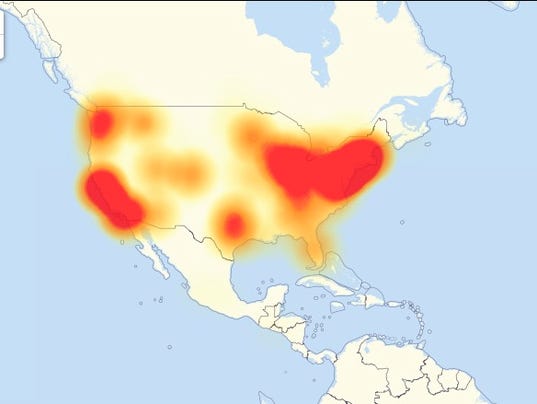Ditching Twitter & Facebook: Part II
You’ve hate Twitter and Facebook. I hate Twitter and Facebook. Despite our exasperation with them, though, we can scarcely imagine living without them. We need reliable platforms for connection with family and friends, and we don’t know where else to go. We worry that ditching the biggest network platforms will bring social isolation.

Don’t give up. There are multiple alternatives, one for almost every specialized need. Which one is best for you will depend on your interests and personality.
Here are a few of the more popular social media platforms:
LinkedIn is geared for professionals job seekers, and others seeking work or business opportunities. It has more than 500 million users in more than 200 countries. LinkedIn defines its mission as “…connect(ing) the world’s professionals to make them more productive and successful.”
Employers post job openings on LinkedIn, job seekers post curriculum vitae on it, and both use it to maintain and extend contact networks. Job seekers can review profiles of hiring managers and see if any of their existing contacts can introduce them.
Users can even post articles and share video on LinkedIn.
GAB
Perhaps you’re fed up with shadowbanning and other abuse dished out by Twitter. Maybe you’re frustrated with its 140-character limit. If this is the case, GAB may be platform you need.
GAB is what Twitter claims to be, but isn’t. GAB is a truly open platform that doesn’t censor user posts. It also allows longer posts, with a 300-character limit.
GAB does enforce a code of conduct, just as other social media do. GAB is much more specific about what it forbids, though, and doesn’t exploit vague standards as an excuse for political censorship.
Mighty Networks
Unlike Facebook, which attempts to connect people who already know each other, Mighty Networks seeks to expand user social contacts. The platform’s ‘pods’ are based on common interests. With the Mighty Networks, it’s easier to reach new people who share the same passions and concerns.
Users can join existing ‘pods’ or create their own. With a Mighty Network account, you can organize contacts by similarity, shared interests, or physical proximity. You can even earn money for building a community.
Mastodon
Mastodon is a decentralized open-source network. It allows up to 500 characters per post, so it’s better than twitter at enabling extended conversation.
Mastodon differs from other social media in that it doesn’t sell user data to advertisers. Mastodon permits no advertising, data mining, or walled gardens.
Diaspora
Diaspora bills itself “the anti-Facebook”. Like Mastodon, it is a decentralized network. Instead of holding user data on centrally located servers controlled by a giant corporation, Diaspora operates on independently controlled servers in many locations. Users own all of their data on the network.
With your Diaspora account, you don’t have to use your own name, and you control who gets to see your posts.
NextDoor
NextDoor was founded on the theory that social media have alienated us from our neighbors. Most of our Twitter and Facebook contacts live far away from us, and few of us know many of the people who live nearby.
NextDoor was designed to reintroduce you to your neighbors, and its networks are based on geographic location. NextDoor is a forum for informing users about events in their neighborhoods. The platform is useful for planning local events, warning neighbors about dangerous visitors, reporting lost and found items, and even scheduling babysitters.
Other Networks
These are a few of the more popular general interest social platforms. There are others that cater to special interests. Ello bills itself the creator’s network, “built by artists for artists”. Dogster and Catster connect pet lovers. Peanut connects mothers seeking emotional support, advice, or opportunities to vent. Wanelo is a network for avid shoppers. Vero is a photo-sharing platform.
There are other networks, such as Tumblr and Reddit, that are already well established.
If you look, you can find a suitable substitute for Twitter and Facebook.


